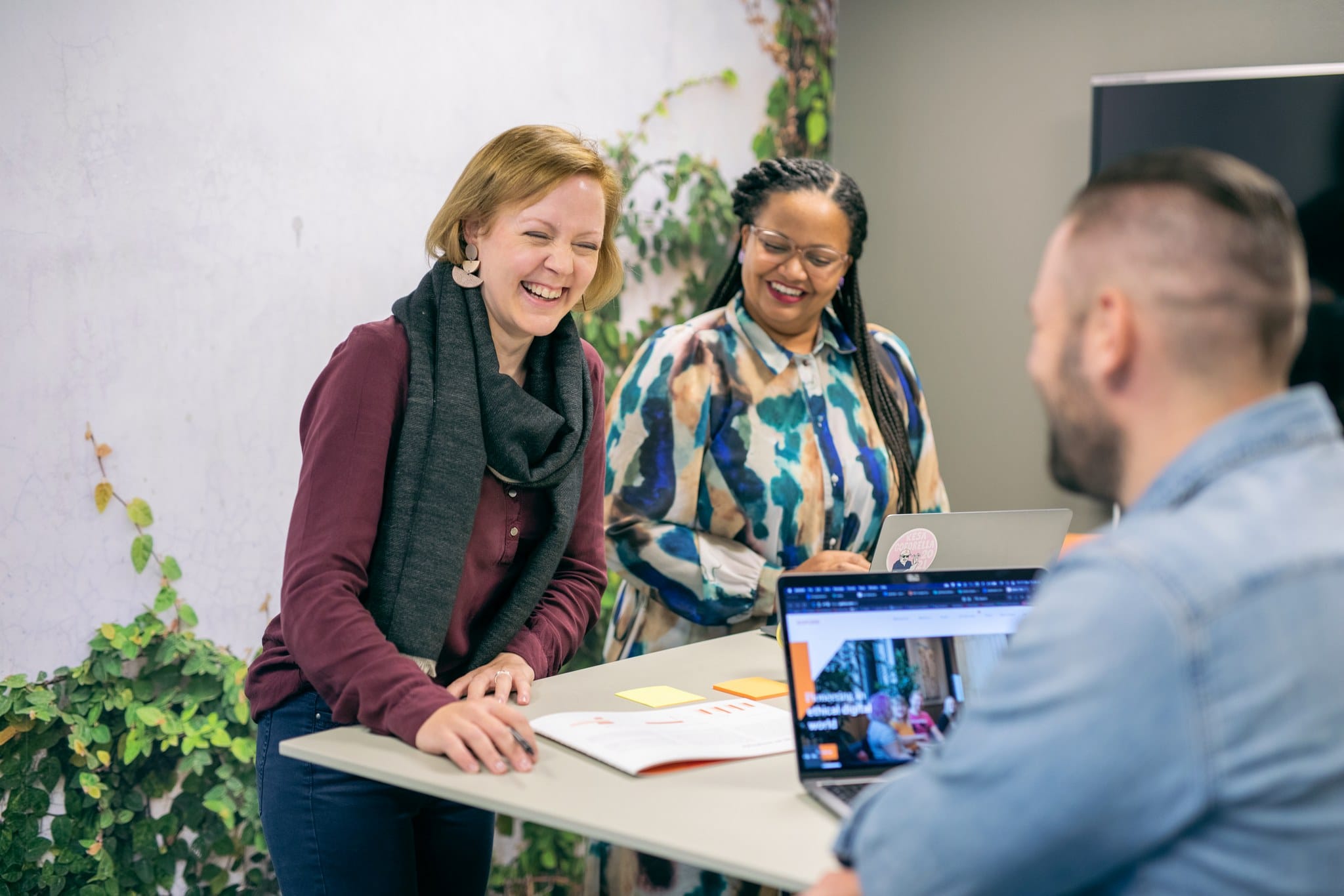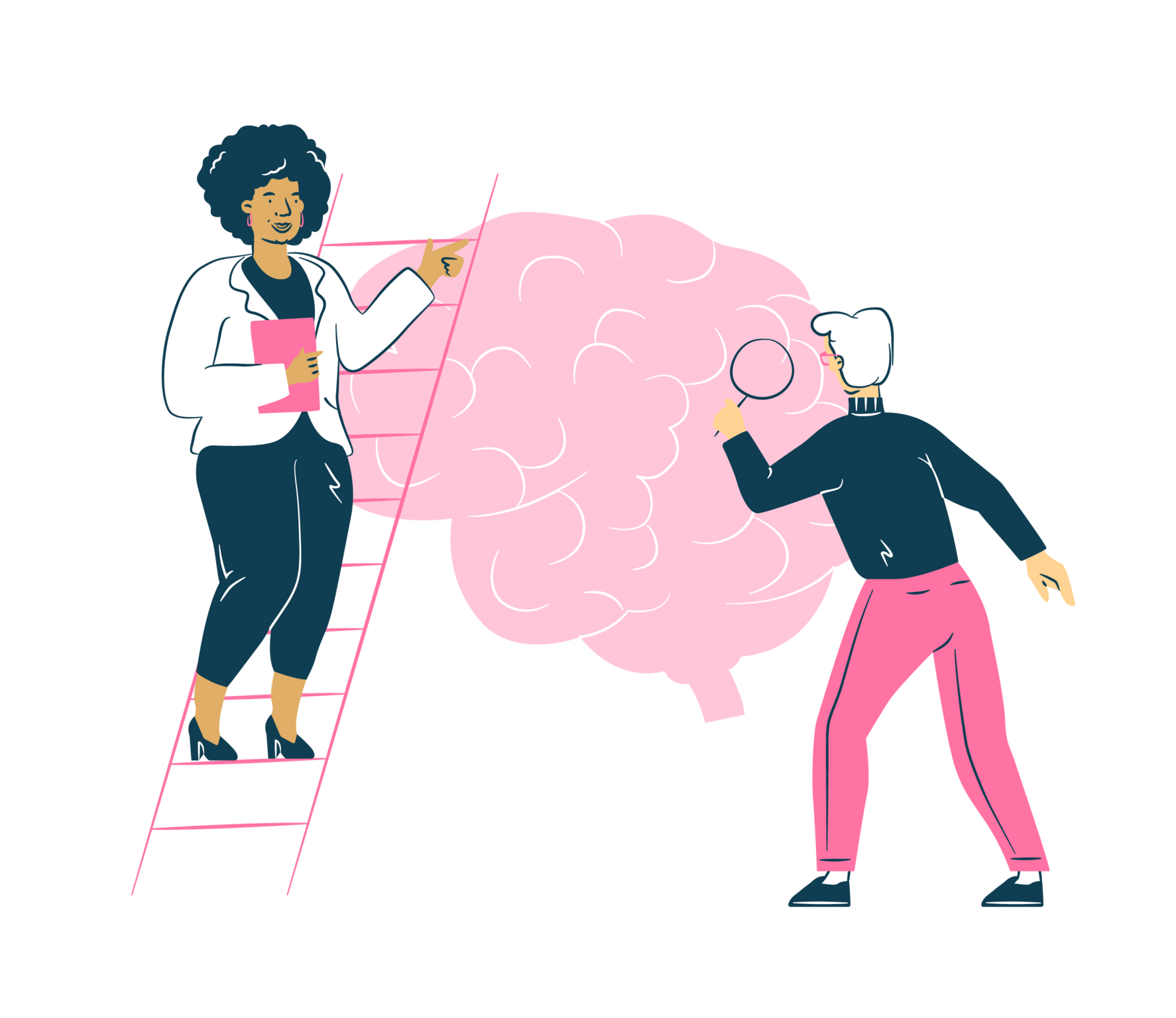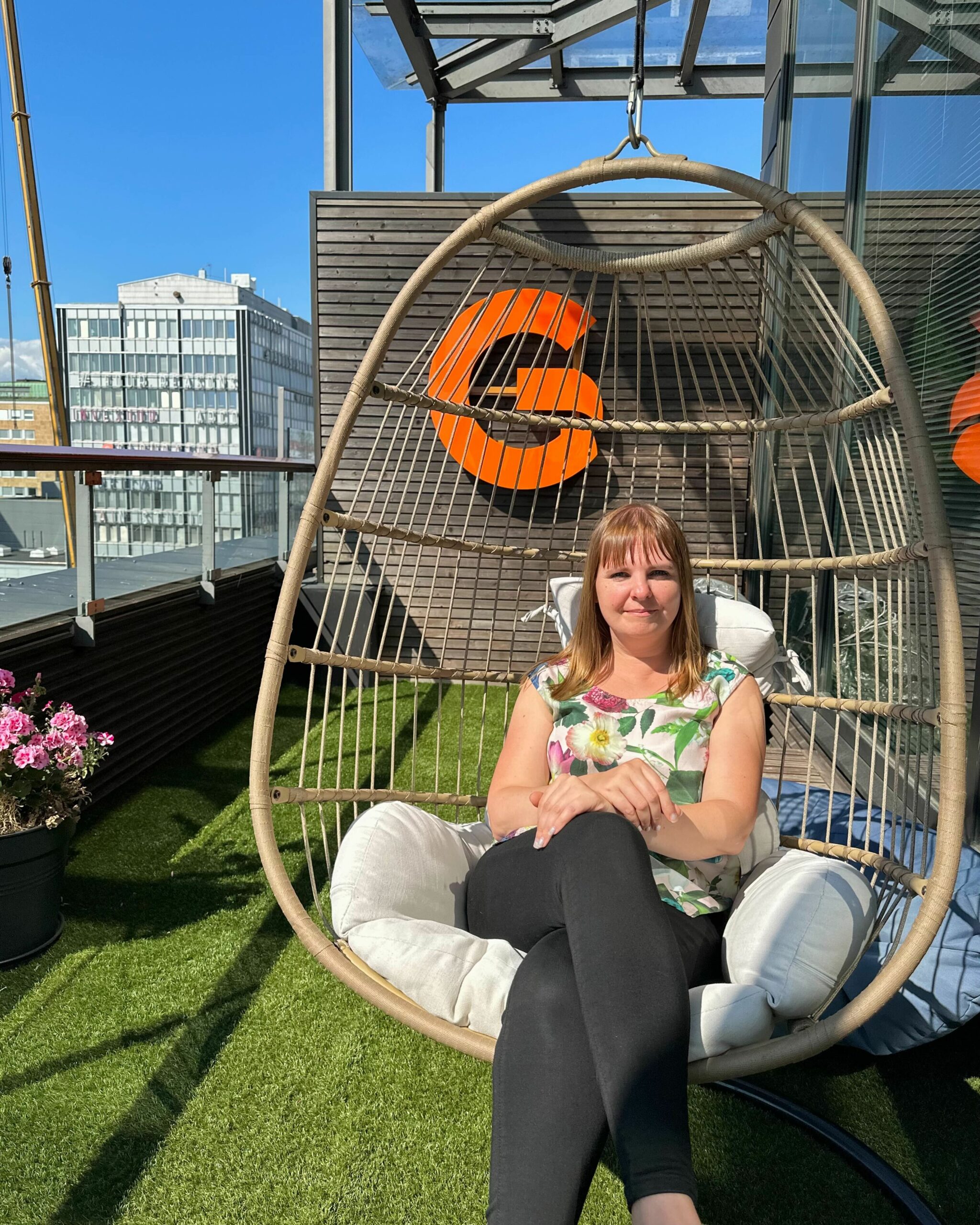Designing services that leave no one behind is the right thing to do. For many of us this makes sense, but the how can be a trickier question. In this post I aim to give you as a designer something to think about when designing digital services for a more equitable society. Recently my colleague Maija wrote about the need for diversity, equity and inclusion in the digital transformation of our societies, I recommend you read her post before you continue with this one. !
For us to understand the vast differences in our lived realities as individuals, we need to have difficult discussions about who we are, what drives us and where we come from. These discussions can be awkward because we’re not used to them and quite honestly often times our differences are things that we try to mask or at least diminish. Let’s try to change that!
Diversity, equity and inclusion, DEI for short, is often seen as something that belongs under HR, in innovation units or frankly, somewhere else but on our own plates. But in fact, DEI needs to be intertwined throughout our businesses in everything we do, in our strategies, in our HR, in our communications, in the way we serve our clients. This is where I’d like to challenge you! As a first step, have those deep, awkward conversations with your colleagues and note what the things are that both differentiate you and connect you as a team. Once you see your differences, learn to celebrate them! After looking inwards, it’s time to look at the services you design. In the following section I will give you some pointers to think about when designing with DEI in mind.
5 tips on how to design services that account for diversity, equity and inclusion[1]
1. The service design process is already inclusive, when given enough time and resources
If you’re a designer, you’re most likely already using human centered design methods in your work. At its core the service design process, its tools and methods are inherently inclusive, but they do need to pay particular focus and earmark resources (time+funds) on DEI. For example personas work well in showing the needs and goals of minorities, but if you don’t pay attention you might oversimplify when developing personas, which often times means that the voices of minorities are excluded.
2. Strategically recruit for user research
Five groups of people are more often excluded from the design process of digital services than the general public: ageing people, language and cultural minorities, people with disabilities, people with lower socioeconomic status and people who are not comfortable using digital services. This is not necessarily on purpose, but people are easily forgotten or not included because of convenience reasons. So, every time you plan user research, ask yourself “who are we leaving out if we don’t pay attention”? To recruit diverse participants you can for example find relevant groups on Facebook or other social media where you can advertise opportunities or build longer term collaborations with NGOs.
3. Make the participation of minorities meaningful
When you speak to minority participants, make sure to actually use the data collected, even if the number of participants is small. Can you remember a situation where you’ve managed to include less participants from a certain demographic than you initially planned? I know I can. In these situations, it’s important to not disregard the input from these participants, making sure their needs and goals are also reflected in the process and outcome. Consider building additional validation/testing in the project, specifically for minorities. Work together with minority experts by experience, NGOs and use DEI and accessibility experts for evaluations.
4. Make the participation of different groups as easy as possible
Offer different ways of working, so people can choose the most comfortable option for them. Need a translator? Prefer face to face or virtual? Location (home/office/other)? Also remember to allocate more time for collaboration with minority participants.
5. Look inward and both include the minority perspective in the design team and build capacity of designers
Earlier in this post I challenged to you have awkward conversations. The next step from there is to look inward and build your project teams as diversely as possible. Include people with first hand minority experience but also different educational and career backgrounds, designers from different regions etc. Last but not least, educate yourself on DEI issues, attend trainings, follow public discussion, read blogs and listen to podcasts. And dare to have those difficult discussions, at work, at home and anywhere where people will listen.
Does it all still sound complicated and confusing? Don’t worry, we can help! These are issues that we have been thinking about a lot at Gofore as a part of developing our ethical capability. If you need a hand in getting started on designing inclusively, let’s have a chat and make it happen!
References
[1] The tips are derived from my MBA thesis research, the full thesis is available at: https://urn.fi/URN:NBN:fi:amk-2021113022818



